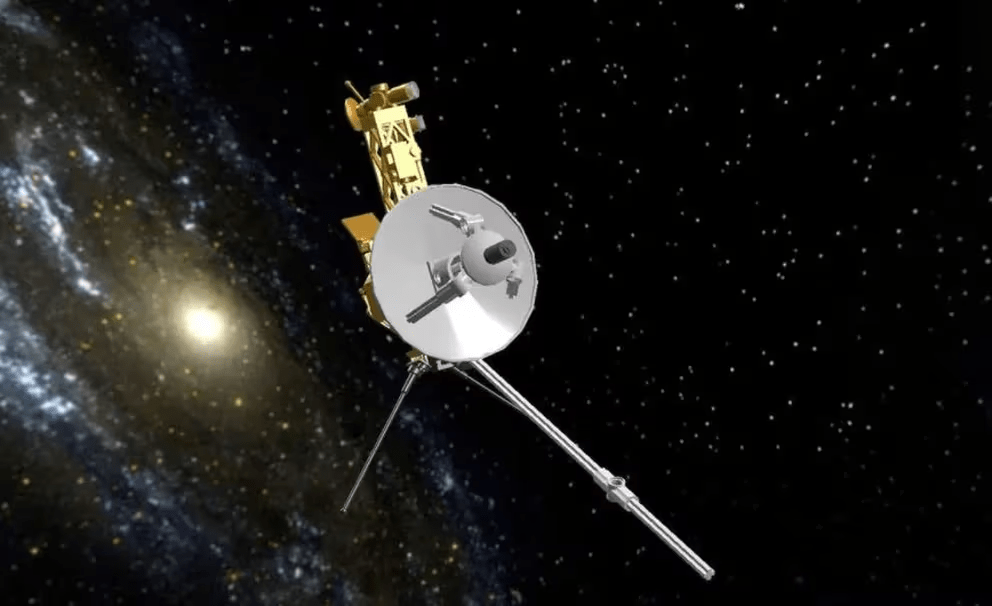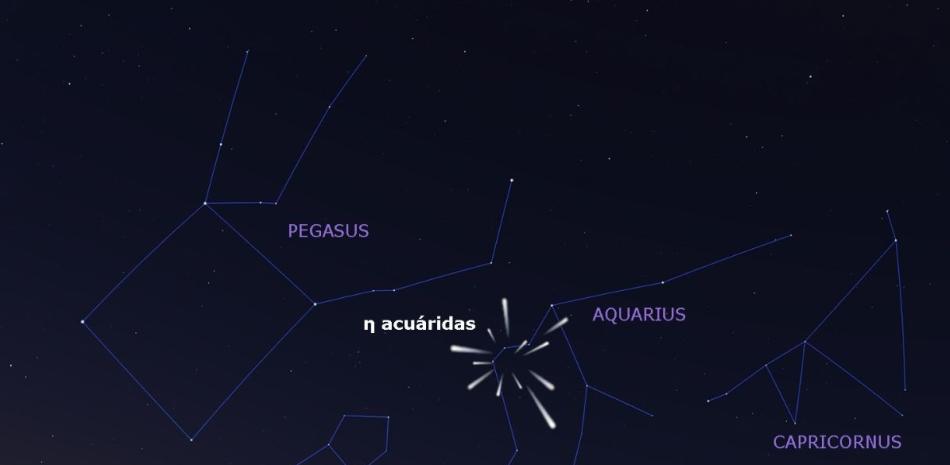A system in form A very large ringChallenging the current understanding of the universe to explain its dimension is difficult, the discovery was made by a team of scientists led by a graduate student.
system, called Big ringConsists of, formed by, galaxies and constellations 9.2 billion light years from earth. The formation is 1.3 billion light-years in diameter and 4 billion light-years in circumference.
“If we could go out and see it directly, the diameter of the great ring would require about 15 full moons to cover it,” said scientists from the University of Central Lancashire (UCLan) in the United Kingdom, who achieved the sighting. In a statement.
debt: University of Central Lancashire (UCLan).
Cosmological neighbors
The Great Ring is the second ultralarge structure discovered by doctoral student Alexia Lopez, who discovered it two years ago. Giant bow in the sky
3.3 billion light-years in diameter, the Great Ring and the giant arc lie in the same region. 'Cosmological Environment'. Both are seen at the same distance, in the same cosmic time, and are separated by only 12 degrees on the sky.
“According to current cosmological theories, we don't think structures of this size are possible. We can expect the largest structure in our entire observable universe,” Lopez said. “Extraordinarily Attractive”.
“Neither of these two ultralarge structures are easy to explain in our current understanding of the universe,” he continued. “Their super-large sizes, unique shapes and cosmic proximity must surely tell us something important,” he added, though he wasn't sure exactly what.
“One possibility is that the Great Ring is related Baryon Acoustic Oscillations (BAO). BAOs arise from oscillations in the early universe, and today they should appear, at least statistically. Spherical shells in a system of galaxies”, noted the scientist. “However, detailed analysis of the Great Ring revealed that it does not actually match the BAO's description: the Great Ring is very large and not spherical.”
debt: University of Central Lancashire (UCLan).
Beyond understanding the universe
López explained that other explanations may be necessary that deviate from the standard understanding commonly held in cosmology. The 2020 Nobel Prize in Physics may go to the Conformal Cyclic Cosmology (CCC) theory proposed by Roger Penrose. The rings in the universe may be a symbol of CCC.
Another explanation is the passage effect of so-called 'cosmic ropes'. are cosmic strings Thread “Topological Disadvantages” On a large scale, it may have been created in the early universe.
Another Nobel laureate, Jim Peebles, has recently hypothesized that cosmic strings may play a role in the origin of certain other peculiarities in the large-scale distribution of galaxies.
The Great Ring, however, defies cosmology, just as the giant arc did before. And if the big ring and giant arc combine to form an even larger structure, the challenge to cosmological principle becomes even more compelling.
Such large structures, the University of Central Lancashire said in its report, They challenge the idea of what an “average” area looks like from outer space. They exceed the size limit considered theoretically possible and pose potential challenges to cosmological theory.
“Cosmological theory assumes that a part of the universe that we can see is a 'faithful model' of what we expect the rest of the universe to be like,” Lopez said. “Looking at the universe at large, we expect matter to be evenly distributed throughout space, so there should be no observable irregularities above a certain size.”
Identifying two unusual ultralarge structures in such close proximity raises the possibility that together they may form an even more unusual cosmic system, as scientists presented their findings about the Great Ring at an upcoming meeting of the American Astronomical Society this week. .
The polar vortex as seen from space





